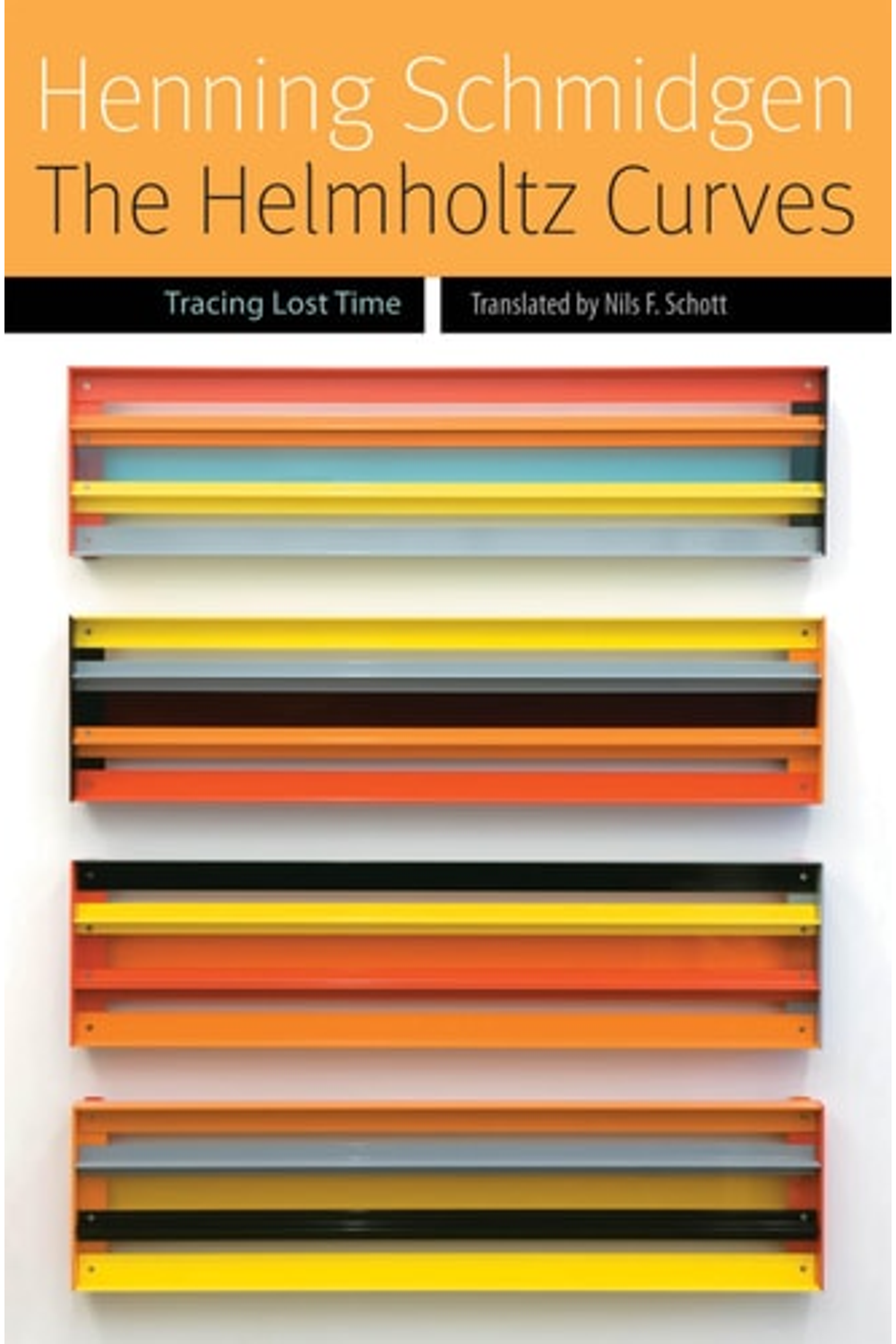Uncover the hidden link between science and literature in Henning Schmidgen’s “The Helmholtz Curves: Tracing Lost Time.” This book unveils how Hermann von Helmholtz’s groundbreaking experiments on nerve impulses, visualized through his iconic curves, influenced Marcel Proust’s literary exploration of memory and time. Schmidgen connects Helmholtz’s physiological concept of “temps perdu” (lost time) with Proust’s masterpiece, “In Search of Lost Time,” revealing a shared intellectual landscape shaped by late 19th-century science and philosophy. Delve into the fascinating world where frog drawing machines meet literary genius, and discover how the measurement of neural latency resonates with the subjective experience of memory and the passage of time. A compelling read for those intrigued by the intersection of science, literature, and the philosophy of time. Explore how scientific advancements shaped the world of art and literature.
The Helmholtz Curves: Tracing Lost Time (Forms of Living)
19,38 $
In stock
This book reconstructs the emergence of the phenomenon of lost time by engaging with two of the most significant time experts of the nineteenth century: the German physiologist Hermann von Helmholtz and the French writer Marcel Proust.
Its starting point is the archival discovery of curve images that Helmholtz produced in the context of pathbreaking experiments on the temporality of the nervous system in 1851. With a frog drawing machine, Helmholtz established the temporal gap between stimulus and response that has remained a core issue in debates between neuroscientists and philosophers.
When naming the recorded phenomena, Helmholtz introduced the term temps perdu, or lost time. Proust had excellent contacts with the biomedical world of late-nineteenth-century Paris, and he was familiar with this term and physiological tracing technologies behind it. Drawing on the machine philosophy of Deleuze, Schmidgen highlights the resemblance between the machinic assemblages and rhizomatic networks within which Helmholtz and Proust pursued their respective projects.
| Authors | |
|---|---|
| Binding | |
| Condition | |
| ISBN-10 | 0823261956 |
| ISBN-13 | 9780823261956 |
| Language | |
| Pages | 248 |
| Publisher | |
| Year published | |
| Weight | 340 |
| Edition | Translation |
- Additional information
- Currencies
- USD – United States dollar
- EUR – Euro
- GBP – Pound sterling
- CNY – Chinese yuan
- BRL – Brazilian real
- MXN – Mexican peso
- JPY – Japanese yen
- PHP – Philippine peso
- THB – Thai baht
- PLN – Polish złoty
- CAD – Canadian dollar
- MYR – Malaysian ringgit
- AUD – Australian dollar
- TWD – New Taiwan dollar
- CZK – Czech koruna
- SEK – Swedish krona
- HUF – Hungarian forint
- ILS – Israeli new shekel
- CHF – Swiss franc
- HKD – Hong Kong dollar
- DKK – Danish krone
- SGD – Singapore dollar
- NOK – Norwegian krone
- NZD – New Zealand dollar





